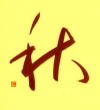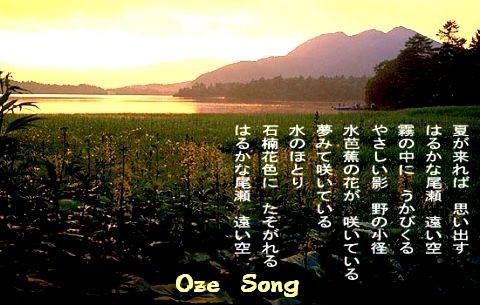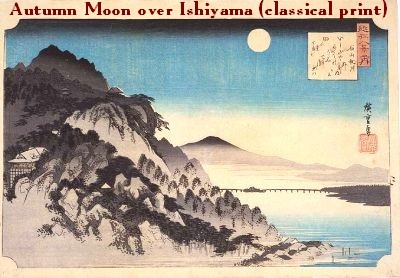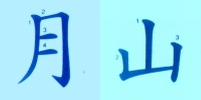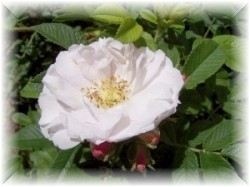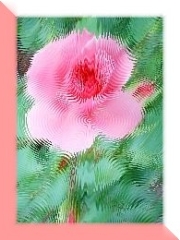|
Canadian Zen Haiku canadien Vol 2 no 4 |
|||||||||
|
|
Japan le Japon |
|||||||||||||||||||||||||||||||||||||||||||||||||||||||||||||||||||||||
|
Ishiyama no (Matsuo Basho, 1644-1694) The stone of Ishiyama is indeed white. (translated by sigmats) Basho composed this haiku in Nata-dera temple.
"Ishiyama" is the rocky mountain of this temple. Though this haiku allows for some interpretations, its main purpose is in
finding the autumn wind as white. In the ancient Manyoushu, the autumn wind was often expressed as "the metallic wind" or
"the white wind." Traditional Japanese poetic literature generally assumes white to be the autumn color.
Aozora ni (Hino Sojo,1901-1956) In the blue sky, (translated by sigmats) I like this haiku. I often pass through near
Mt. Ibuki, and every time I pass by it, I find myself admiring this haiku yet again as just the right expression for Mt.Ibuki,
in all seasons. In 1931, Sojo made a trip for Mt. Ibuki in autumn and composed this lovely haiku. But the kigo * is "Yama
nemuru (Mt. sleeping) ", which is winter kigo in our haiku. The commentator says, "It is queer to use the winter kigo for
the sight which he viewed in autumn. Probably he would have composed this haiku, by recalling the sight afterwards in winter,
or by revisiting Mt. Ibuki in winter." "Kigo" = "sign" or "symbol", i.e. the key word
which underpins the symbolic meaning of the haiku in question.
Ono no Komachi is a famous woman poet (kajin) in the
9th. century, and a matchless beauty. "Komachi" has become a synonym of a beauty. The "colour of the flower' suggests how
well she looks. This tanka contains three semantically related words. Therefore, it allows for ambiguous interpretations.
I translated it as literally as I possibly could. Hana
no Iro wa (Ono no Komachi) The color of the flower so beautiful (translated by sigmats)
I often hear this song in the end of summer or the beginning of autumn. In this song, "yo" means calling out for the object, such as " Oh! ye, " and "mo" means "also or too." To listen to this song, please go the link below, and click on the child song, then next HAMABENOUTA/ Temezou Narita. HAMABENOUTA/ Temezou Narita: Child's Song
Kisagata ya Matsuo Basho (1644-1694) Oh, Kisagata, (translated by sigmats) ****************** In Basho's own day, Kisagata was a real scenic beauty,
along with Matsushima, in the Tohoku (Northeast) region. But since his day and age, due to land upheavals caused by a major
earthquake, there remains little vestige of its former natural beauty. This haiku is justly famous, but not so popular as
"Mogami" and "Sado", and probably for the above reason. Basho didn't compose haiku in Matsushima in his own words, probably
because of its too extreme beauty. But we are happy to have his haiku in Kisagata. He composed it in a lofty style by quoting
a classic Chinese poet, Sotouha. Seishi was a beauty whom Kousen, the monarch of Etsu, offered to Fusa, the a monarch of Go.
He loved her so tenderly as to destroy his own country. All notes on this page copyright by Shigeki Matsumura, co-editor,
Canadian Zen Haiku ISSN 1705-4508 (copyright 2004)
|
|||||||||||||||||||||||||||||||||||||||||||||||||||||||||||||||||||||||
 |
||




